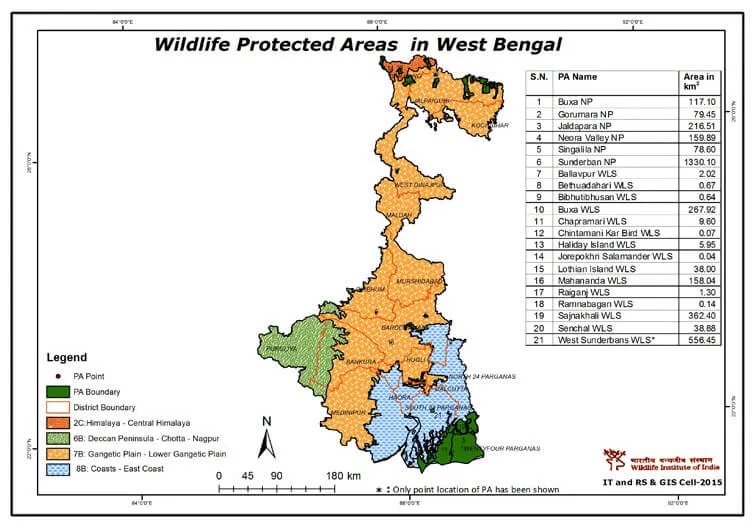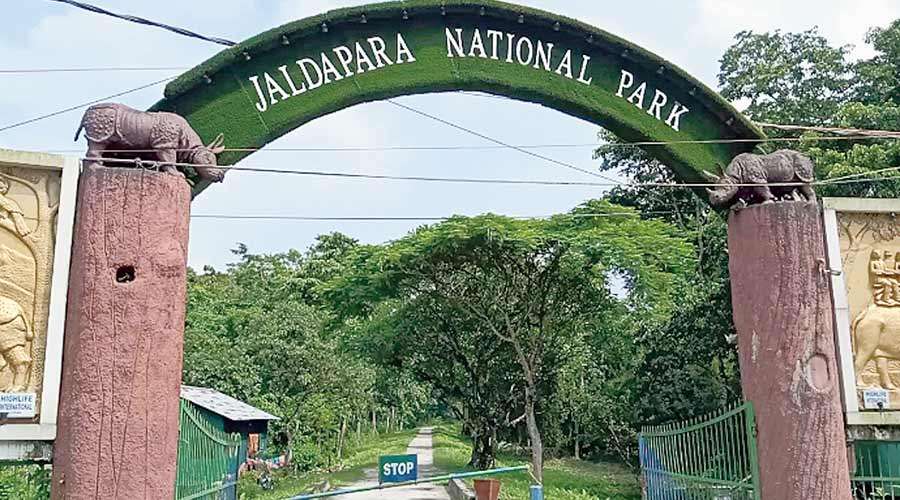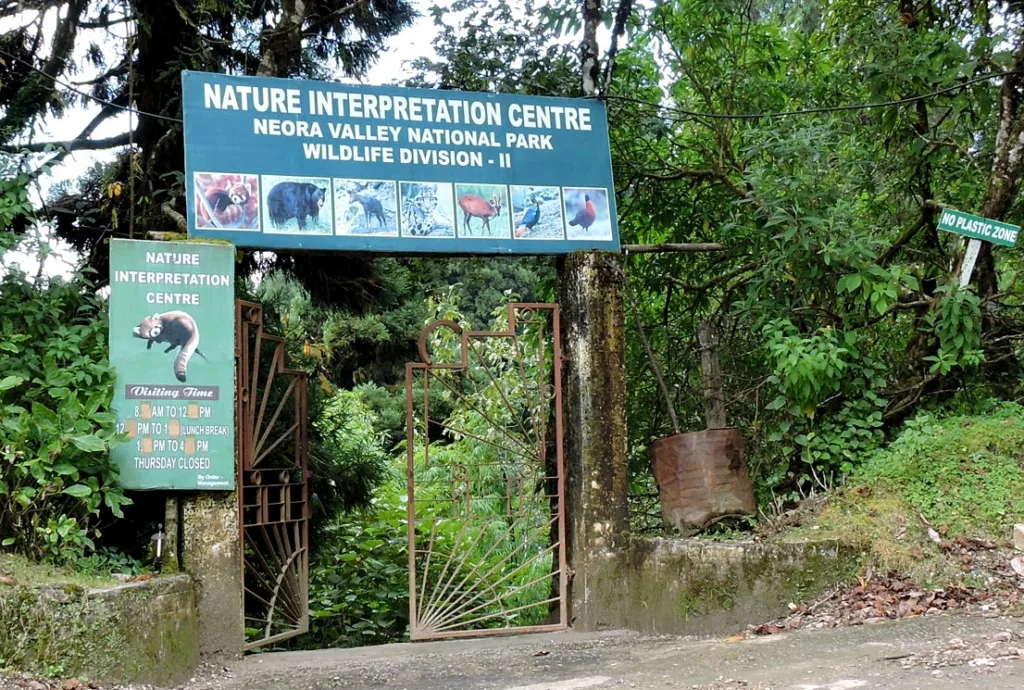West Bengal National Parks and Wildlife Sanctuaries
West Bengal is a captivating tapestry of diverse history, culture, and natural beauty. Stretching from the slopes of the Lesser Himalayas to the deltaic islands at the mouth of the Ganges, the state boasts a vast and thriving ecosystem, teeming with a wide array of plant and animal species. It is also home to numerous indigenous tribal communities.
In the northern part of the state, influenced by the Lesser Himalayas and abundant water bodies, West Bengal has emerged as a prominent ecotourism destination in India. Meanwhile, in South Bengal, with its intricate network of river channels and unique geographical features in the deltaic region, the state is renowned for housing the world’s largest mangrove forest.
To safeguard its precious biodiversity and combat deforestation and poaching, the Government of India has established a range of national parks, wildlife reserves, and sanctuaries throughout West Bengal. This collective effort has transformed West Bengal into a sanctuary where a diverse array of mammals, reptiles, birds, plants, vertebrates, and amphibians find refuge and thrive.

List of National Parks of West Bengal
| NO. | NATIONAL PARK | YEAR OF NOTIFICATION | AREA (KM²) |
|---|---|---|---|
| 1 | Buxa National Park | 1992 | 117.10 |
| 2 | Gorumara National Park | 1992 | 79.45 |
| 3 | Neora Valley National Park | 1986 | 159.89 |
| 4 | Singalila National Park | 1986 | 78.60 |
| 5 | Sunderban National Park | 1984 | 1330.10 |
| 6 | Jaldapara National Park | 2014 | 216.51 |
A Brief Note on National Parks of West Bengal
1. Sundarban National Park

Covering an expansive 2,585 square kilometers, including 54 small islands and intersected by numerous tributaries of the Ganges, the Sundarbans National Park is a haven for diverse bird species, reptiles, and invertebrates, including the saltwater crocodile. Shaped by a multitude of watercourses and situated in close proximity to the Bay of Bengal, the ecogeography of Sundarbans National Park is entirely dependent on tidal forces, which give rise to new islands and creeks through silt deposition. Mudflats, a distinctive feature of these deltaic islands, provide the perfect environment for mangroves to thrive.
Renowned for its extensive mangrove forests, Sundarbans National Park boasts the Chargheri Char area, a mudflat region accessible to tourists during low tide, making it an ideal location to explore the wilderness. This area is also teeming with aquatic fauna species such as Sea Anemones, Horseshoe Crabs, and small Octopuses. Notably, the Royal Bengal Tiger is often sighted along the riverbanks, especially from November to February. The park is also home to other endangered species like River Terrapins, Olive Ridley Turtles, Gangetic Dolphins, Ground Turtles, and Hawk Bill Turtles.
Additionally, Sundarbans National Park is a habitat for various common species, including pythons, king cobras, rattlesnakes, checkered killbacks, monitor lizards, and estuarine crocodiles among the reptiles; shipping frogs, tree frogs, common toads, king crabs, and starfish among the fish and amphibians; whistling teals, kingfishers, seagulls, sandpipers, doves, woodpeckers, golden plovers, little stints, and many more among the avifauna. As for the animal species, you can easily spot chital, pangolin, Indian grey mongoose, fishing cats, leopard cats, jungle cats, and flying fox in the park.
Exploring Sundarbans National Park is exclusively by boat, navigating the river channels to immerse in its unparalleled natural beauty and wildlife.
2. Jaldapara National Park

Nestled in the foothills of the Eastern Himalaya and bordered by the Torsa River, Jaldapara National Park is a recently established sanctuary in India renowned for its diverse wildlife, including the iconic Indian one-horned rhinoceros and majestic elephants. Encompassing a sprawling expanse of 217 square kilometers, the park features a landscape adorned with towering elephant grass and lush riverine forests. Jaldapara National Park is a veritable paradise for avid bird enthusiasts, with the rare Bengal Florican standing out as a prominent attraction among the avian species. Among the other avian treasures that grace the park’s skies are the Crested Eagles, Pallas’s Fish Eagles, Finn’s Weavers, Peafowls, and Partridges. The elusive Pied Hornbill is yet another elusive gem, a sight to behold for those fortunate enough to encounter it. Furthermore, the park is inhabited by a variety of reptiles, including Pythons, Monitor Lizards, Kraits, and Cobras, making for intriguing wildlife encounters. Among the common denizens of Jaldapara National Park, you can spot Sambar Deer, Barking Deer, Spotted Deer, Hog Deer, Wild Boars, and Bisons, adding to the rich tapestry of this remarkable sanctuary.
3. Gorumara National Park

Gorumara National Park, located in the Dooars region of North Bengal, encompasses approximately 80 square kilometers and serves as a significant watershed between the Ganges and Brahmaputra River systems. The park primarily consists of rolling forests and riverine grasslands, providing a habitat for a diverse range of wildlife, including mammals, birds, reptiles, turtles, fish, and various macro and micro fauna.
This pristine wilderness is home to a variety of animal species, such as Gaurs, Asian Elephants, Sloth Bears, Chital, Sambar Deer, Barking Deer, Hog Deer, and Wild Boars. Additionally, Gorumara National Park harbors endangered species like the Indian Rhinoceros, Pygmy Hog, and Haspid Hare.
Bird enthusiasts will find the park a haven, with attractions like the Brahminy Duck and Indian Hornbill gracing the skies. For those intrigued by reptiles, the park houses a substantial population of snakes, including Pythons and the formidable King Cobra.
To observe the park’s wildlife, visitors can make use of several strategically located watchtowers, such as the Jatraprasad Watch Tower, Rhino Observation Point, Chandrachur Watch Tower, and Chuchuki Bird Watching Point. For a more immersive cultural experience, one can also pay a visit to the nearby Budhuram Forest Village, where they can enjoy live ethnic tribal dance and music performances. Gorumara National Park is truly a remarkable destination for nature enthusiasts and wildlife aficionados.
4. Neora Valley National Park

Neora Valley National Park, nestled in the picturesque region of Kalimpong, is a veritable paradise for nature enthusiasts and avid trekkers. This pristine sanctuary encompasses a diverse and vibrant ecosystem, boasting a splendid array of flora and fauna. The park spans across 88 square kilometers, with elevations ranging from 1,500 meters to 3,000 meters, and is nourished by the meandering Neora River. Its breathtaking landscape features lush green valleys, meandering rivers, and a backdrop of majestic snow-clad mountains, making it a true natural wonderland.
Within the sanctuary’s boundaries, you’ll encounter a remarkable collection of wildlife, including several endangered species such as Leopards, Red Pandas, and Musk Deer. Other notable residents include Black Bears, Sloth Bears, Golden Cats, Leopard Cats, Gorals, Barking Deer, Sambars, and Himalayan Flying Squirrels. The park’s diverse topography allows for the observation of numerous bird species at varying altitudes. These include the Rufous-throated Partridge, Crimson-breasted Woodpecker, Golden-throated Barbet, Brown Wood Owl, Mountain Hawk Eagle, Chestnut Headed Tesia, Babblers, Dark-breasted Rosefinches, and a plethora of other avian wonders.
For those interested in reptiles, the Neora Valley National Park also houses a variety of intriguing species, with the King Cobra, Green Pit Viper, and various lizards being among the common sightings.
5. Singalila National Park

Singalila National Park, a renowned national park located in the Darjeeling district of West Bengal in the Indian Himalayan region, is famous for the captivating trekking route leading to Sandakphu-Phalut. This extensive park spans an altitude range of approximately 1,800 meters to 4,000 meters, falling within the Indo-Malaya eco-zone and housing dense bamboo, oak, magnolia, and rhododendron forests. Within its lush expanse, you can also encounter various wild orchids, including the intriguing Himalayan Cobra Lilies.
The forest trail commences after passing through Meghma and takes you through Tonglu, Giribas, Kala Pokhri, Sandakphu, and Phalut, offering a breathtaking journey through nature’s wonders. Singalila National Park boasts a rich diversity of mammals, birds, and reptiles. Among the frequently sighted mammals are the Leopard Cat, Barking Deer, and Pangolin. Additionally, the park is home to endangered animal species like the Red Panda, Himalayan Black Bear, and Leopards.
For bird enthusiasts, Singalila National Park is a paradise, with species like the Scarlet Minivet, Kalij Pheasant, Blood Pheasant, Satyr Tragopan, Rufous-vented Tit, and Golden-breasted Fulvetta gracing the forested trail with their presence. To experience the park’s beauty at its best, plan your visit during the summer or winter seasons.
6. Buxa Tiger Reserve

The Buxa Tiger Reserve, situated in the Indo-Malayan region, is renowned for its remarkable biodiversity and its vital role in the Terai Ecosystem. This reserve, in close proximity to the international border with Bhutan, spans an expansive 117 square kilometers and encompasses a diverse array of eight distinct forest types. Within its lush confines, it provides a sanctuary for numerous rare and remarkable species, including the majestic Tiger, the mighty Asian Elephant, elusive Leopard Cats, the graceful Bengal Floricans, Regal Pythons, Hispid Hares, elegant Hog Deer, Slender-billed Vultures, majestic Great Hornbills, and many other extraordinary creatures.
Buxa Tiger Reserve is also home to a variety of common animal species that can be readily observed, such as the robust Gaur, the elusive Wild Boar, the stately Sambar, the elusive Civets, the graceful Chital, and the grand Elephants. Among the avian residents, one can easily spot enchanting species like the Wagtails, graceful Common Teals, the stately Black Stork, the regal Large Whistling Teal, and the vibrant Minivets.
In addition to its abundant wildlife, Buxa Tiger Reserve offers other captivating attractions, including the historic Buxa Fort and the sacred Mahakaleshwar Jyotirlinga Temple. This remarkable reserve is a true treasure trove of natural and cultural wonders.
Others
- Ballavpur Wildlife Sanctuary: Birbhum district.
- Bethuadahari Wildlife Sanctuary: Nadia district.
- Bibhuti Bhusan Wildlife Sanctuary: North 24 Parganas district.
- Chintamani Kar Bird Wildlife Sanctuary: South Kolkata.
- Haliday Island Wildlife Sanctuary: A part of the Sundarbans Biosphere Reserve.
- Jorepokhri Salamander Wildlife Sanctuary: Darjeeling district.
- Lothian Island Wildlife Sanctuary: An island in South 24 Parganas district.
- Pakhi Bitan Bird Sanctuary: Foreshore of Teesta Barrage in Jalpaiguri.
- Raiganj Bird Wildlife Sanctuary: Uttar Dinajpur district.
- Ramnabagan Wildlife Sanctuary: Located in Bardhaman city (on the left bank of the Damodar River) in Purba Bardhaman district.
- Sajnakhali Wildlife Sanctuary: Located in the northern part of the Sundarbans delta in South 24 Parganas district.
- Senchal Wildlife Sanctuary: Located in the Darjeeling district; contiguous with the Singalila National Park.
- West Sunderban Wildlife Sanctuary: Part of larger Sundarbans region.
